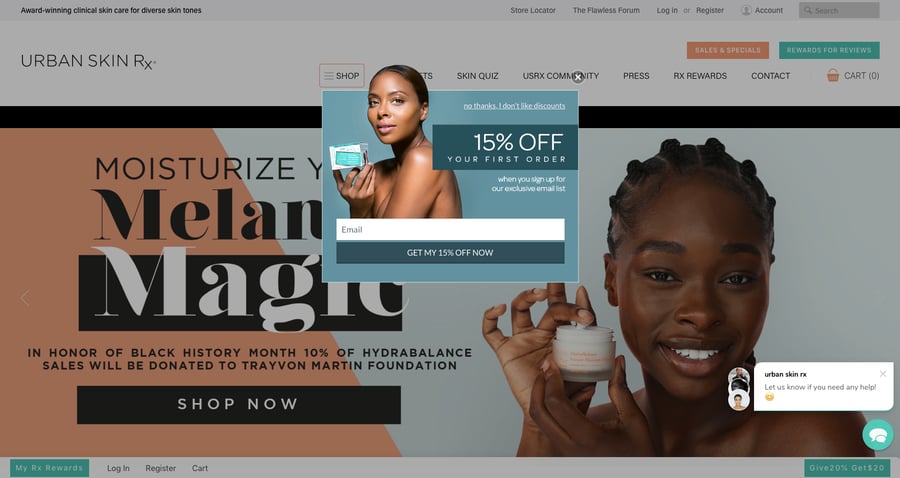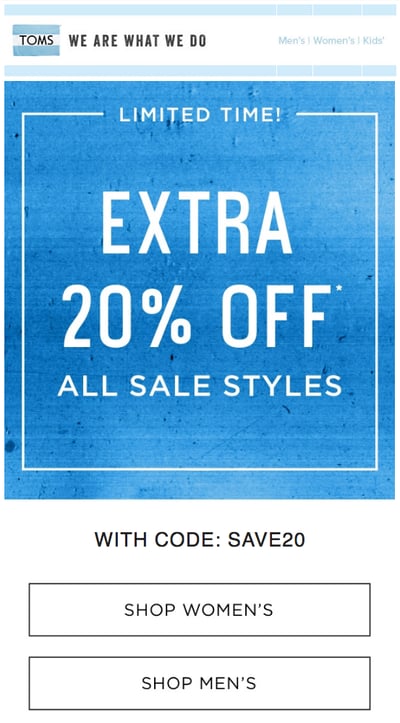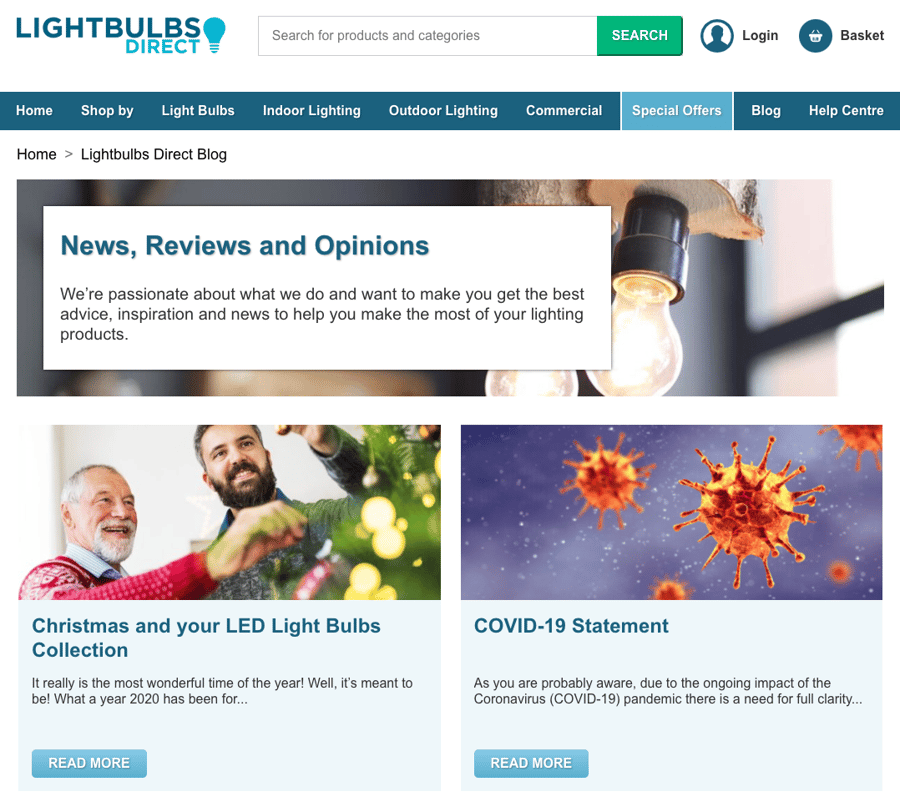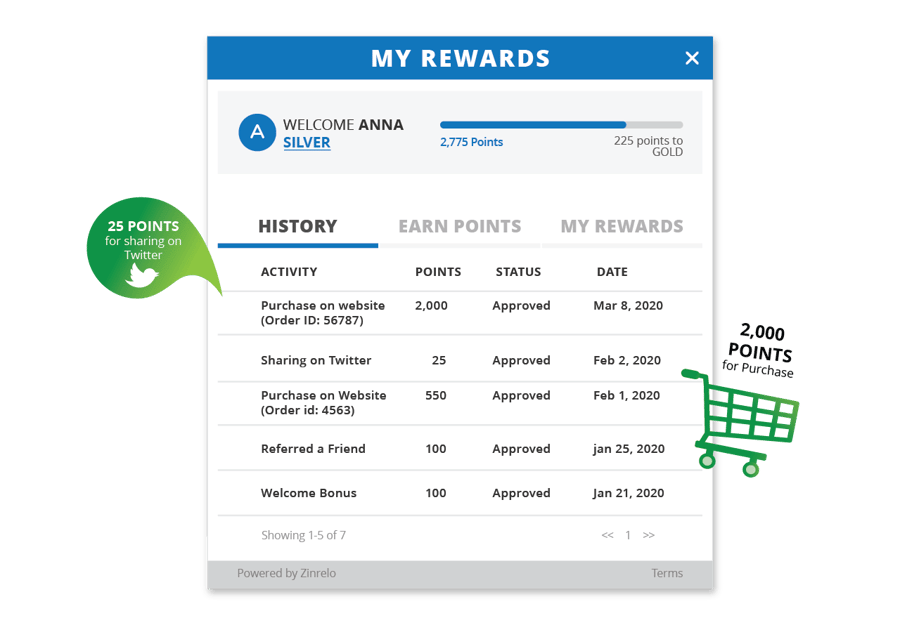
Every company wants to be able to understand their customers. Insights and analytics help you to make more informed business decisions. But sometimes it isn’t as easy as just looking at and interpreting the numbers. Different consumers behave differently and eCommerce websites that only cater to one type of consumer can suffer in the sales department.
In this article, we have compiled the most common types of online shoppers and how you can specifically target each one.
The Coupon Connoisseur
This type of online shopper is always on the lookout for discounts. Being loyal to a brand, good customer service, and building a relationship with your business is not at the top of their priority list. This isn’t uncommon – in fact, a 2020 Statista survey showed that 88% of people in the US have used a discount code. Coupon redemption will continue to increase to over $90 billion by 2022.
These types of buyers are the least likely to become a repeat customer and tend to wait for seasonal discounts. For example, Black Friday weekend is gradually growing in popularity, with over $7 billion spent online in 2019. Because of this behavior, they can be the least valuable type of customer to your company.
But there are ways to increase their value to your business.
Depending on how unique your product is and the competition you’re facing, the obvious solution is to provide a highly competitive price. This can be achieved with discounts. However, you need to ensure that you develop a foolproof discount strategy. This is because a bad strategy can reduce your profit margins, adversely affect your operations, and cause consumers to perceive you as that “always has a sale” brand.
Another way to target this buyer is by highlighting the price. This means making the product cost easily visible on the website. It needs to be the first feature their eyes are drawn to. It’s also important to showcase your discounts, specific promotions, or any sales that you have at that current moment. You can do this via banners and pop-ups.

The objective here is to quickly inform the buyer that you are offering a great price that they need to capitalize on now. Creating this environment reduces the likelihood of the coupon connoisseur leaving your page to search for alternatives.
If you are satisfied with your discount strategy and have no intention of lowering your price point, you also have options to target these buyers.
The way you can do this is by shifting the focus from the price of the product or service to the benefits. Not features – benefits. This is important because only listing the features will enable easy comparisons which these types of buyers are used to carrying out. But, when you showcase benefits, you are allowing the buyer to visualize how this product will fit into and benefit their life.
Consider this scenario. You’re a company that sells CASB software. Instead of just telling your customer that you are one of the top CASB vendors and your software meets compliance requirements, it’s important to focus more on intelligence and detection benefits.
The Endless Browser
This customer loves your website. They spend a huge amount of time there. However, they’re not buying anything. These window-shopping meanderers can cost your company a lot of its marketing budget to obtain and they often give you nothing in return.
Window shoppers are something brick-and-mortar stores have dealt with for years and it’s important to realize that the Endless Browser is an interested prospective buyer. So, what can eCommerce learn?
Pretty much everyone has accepted a free sample. Sometimes we take it and go on with our day and sometimes we accept the free sample and end up buying a product. You don’t need to be a sweets shop to offer samples either.
Let’s say you’re a company that sells cloud-based communications. Offering a one week free trial of your “Call center software: Transforming agent and customer experiences” has the ability to convert a window shopper into a loyal customer.

These types of buyers are hard to gain and easy to lose, which is why your customer experience has to be at its best. The Endless Browser is not afraid to jump ship and let you drown. This means an obstacle-free experience is key – this can mean anything from a slow webpage load time, to a complicated checkout page.
You must keep your website checkout process simple. Here’s how:
- Reduce the number of steps required to get to the purchase goal.
- Allow customers to checkout as a guest without having to sign up.
- Make sure you allow platforms like PayPal.
One of the things that’s great about window-shopping is having the ability to pick up the product and examine its features. This isn’t fully possible online. But you can make this process as realistic as possible by offering high-quality pictures, videos of the product in use, and descriptions.
Also, you can use 360o images or augmented reality (AR). AR enables customers to view a superimposed computer-generated image of the product in their own reality. This means they can place a sofa that they’re thinking of buying into their actual living room using their phone’s camera. 3D images can increase your conversions by 40%.
Another common trait of the Endless Browser is wishlist shopping. This is the process of placing various items into the basket or on a wishlist and never actually purchasing any of them. However, a customer wishlist gives great insight into exactly what they want to buy. This is why it is vital to constantly show them discounts or sales that are related to their chosen products and send emails to remind them.
The Spontaneous Snapper-upper
These types of buyers can start their journeys looking at sports scores and end up with a shake weight, night vision goggles, and fax via email software. This is known as impulse buying, and these shoppers rarely have a defined objective or certain product they want to buy in mind.
In fact, statistics show that this type of shopping is common in almost 90% of American consumers. On average, US citizens will make up to 156 spontaneous snap-ups every year, which can reach a total of $5,400. A common impulse buyer’s journey is viewing a product via a social media targeted ad, visiting your website, and immediately purchasing the product.
This is particularly useful for your business because these types of buyers don’t cost a lot of money to acquire and they are more likely to convert once they are on the path.
Understanding these customers and learning how to target them is crucial because data shows that impulse purchases make up 40% of all the money spent on eCommerce websites.
One of the main characteristics of an impulse buyer is their obsession with the latest trend or the newest product. This is why it is important to make sure they are aware of your new product lines or services. One way you can do this is by motivating them to sign up for your newsletter or mailing list. Try providing a discount code or encouraging them to make an account. This will allow you to keep them informed about the latest developments and include them in your email marketing campaigns.
A spontaneous snap-up happens because a consumer wanted something right there and then. You should attempt to feed this feeling by creating even more urgency. Make the consumer feel like they’re going to miss out by telling them the item is:
- “Limited stock”
- “Special release”
- “One day left”
Combining this sense of urgency with a discount is known as a flash sale, which is very effective for targeting impulse buyers. For example, let’s say your company provides a call center as a service (CCaaS) technology. You would then send out an email to the impulse buyers to let them know about a limited time only sale that is happening.

Another important targeting method for these types of buyers is where you choose to place your products on your website. Place the products that you want these customers to spontaneously snap up on your home page or in a New Arrivals section. Also, don’t forget about complimentary product suggestions on the checkout page, aka “customers who bought this item also bought…”. This technique fuels impulse buying.
The Retail Researcher
This customer is almost the exact opposite of the Spontaneous Snapper-upper. They know exactly what they’re looking for, they’ve extensively researched it and there’s little to no hope of upselling them anything. These customers are also content with looking through various sights and sources until they find the perfect fit. The difference between them and the Coupon Connoisseur is that price isn’t their main concern; the important thing is finding the most suitable product.
Data shows that over 80% of customers will research a product extensively online. If the customer is researching an expensive item or a major purchase, their process of information gathering takes an average of 79 days.
Retail Researchers are difficult to target, but once you do, they have the ability to become a repeat customer because they have developed trust and a relationship with your company.
This type of buyer wants information. So, you need to guide them to it. This means ensuring your website navigation is easy to follow. You should also include relevant keywords and product details so that it can be found quickly via a search engine. The information you provide should also be of high quality. Provide detailed descriptions, key features, and a plethora of positive reviews and testimonials.
As mentioned above, Retail Researchers aren’t primarily concerned with price, but they do care about value. You can add value to your product or service without reducing the price point by providing excellent support, service, a warranty, and a good returns policy.
A great way to combine providing easy navigation and high-quality information is using content marketing. Content marketing is the process of creating informative and engaging content such as blogs, articles, webinars, infographics, and videos. This is particularly useful as it essentially brings the research directly to the Retail Researcher.

This is very effective for targeting these types of shoppers because it can allow them to see why your product is the best in comparison to other competitors. For example, let’s imagine you run an automatic call distribution company. You could then create a blog with the title: “What is ACD? All You Need to Know About Automatic Call Distribution” which informs the customers about the product and why it’s the best one out there.
This technique also allows you to assert yourself as an authority in the industry and increases the customer’s confidence in your brand.
The Faithful Returner
Obtaining a loyal customer base is the dream for any eCommerce business. Repeat customers are very valuable to a company; if you increase your customer retention by just 5%, your profits can increase anywhere between 25% to 95%. In fact, research shows that 80% of eCommerce profits come from 20% of their customers. So, the Faithful Returner may be your most prized asset.
However, just because these customers are loyal now doesn’t mean they will stick around forever. To ensure you encourage these shoppers to continue purchasing from your company, you need a good targeting strategy backed by good project management.
One of the most effective ways to target these buyers is by creating a VIP or loyalty reward program. You can include perks such as “buy a certain number of items and get one free”, a special discount or a tier system based on how much customers spend. This will make your Faithful Returners feel more valued, which is important because statistics show that:
- 56% of customers stay loyal to companies that make them feel special and “get them.”
- 75% of customers value a rewards scheme and prefer companies that provide one.

Another way to make your loyal customers feel valued is through exclusivity. For example, let’s say that you’re a company that sells sales software. You can invite your most loyal customers to trial new updates and allow them to purchase the software before anyone else. This technique makes customers feel like a part of the company family and encourages word-of-mouth marketing.
Faithful Returners don’t just provide you with value through repeat purchases, but also through referrals. After all, these customers love supporting your company, so they’re going to act as your business cheerleaders. This is why you shouldn’t hinder this process. Creating a referral rewards program is a great way to encourage this. Data shows that 92% of consumers trust referrals and 77% are more likely to purchase a product if it’s recommended by friends or family.
Conclusion
Online shoppers come in all clicks and scrolls. Understanding your customer’s preferences, traits, and shopping habits is vital. But once you’ve done that, you also need to tailor your targeting strategy to each one of these shopper types. Let’s quickly recap:
- Coupon Connoisseurs are only in it for the money. You have two options: comply with their needs or change their needs based on the benefits of your product.
- Endless Browsers are virtual window-shoppers, but also interested prospects. Make their browsing experience as realistic and easy as possible.
- Spontaneous Snapper-uppers are always on the verge of completing a purchase. Make sure you create the urgency and environment to tip them over the edge.
- Retail Researchers have a clear goal in mind and there’s nothing you can do to change that. This is why you shouldn’t. Bring the research to them.
- Faithful Returners are your most valuable customers and that’s exactly what they want in return: to feel valued.





Leave a reply or comment below